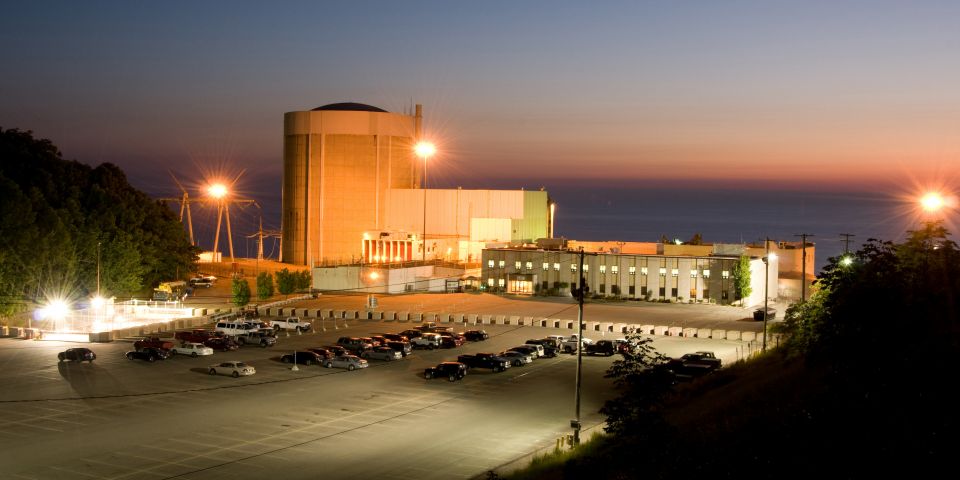The LDR-50, designed to operate at around 150°C, is a 50-MW small modular reactor that has been in development at VTT since 2020. A single heating plant can have multiple reactors. According to Steady Energy, the heating plant could be used as a desalination plant to produce fresh water, or it can be modified to produce steam for industrial purposes.

Nyman
“The pressure required by the LDR-50 reactor is comparable to the pressure of a household espresso machine,” said Tommi Nyman, chief executive officer of Steady Energy. “It operates at a lower pressure than a district heating network. This ensures that in case of a malfunction which leads to a leak, the leak is contained within the heating plant, without endangering people or the environment.”
Heat production: About 50 percent of all energy consumed by EU households goes toward heating homes, according to Steady Energy. European annual district heat consumption is approximately 500 TWh, out of which about 300 TWh is produced by fossil fuels, the company said. It added that throughout Europe, there are about 3,500 district heating networks that serve 60 million people.
“Seventy-five percent of district heating systems in the EU are currently powered by fossil fuel,” said Nyman. “The situation is even worse in China.”
How it works: The LDR-50 will have a passive heat removal system, and the reactor module will have two pressure vessels with their intermediate space partially filled with water. When heat removal through the primary heat exchangers is compromised, water in the intermediate space will begin to boil, forming a passive heat transfer route into the reactor pool. The system does not rely on electricity or any mechanical moving parts, which could fail and prevent the cooling function.




.svg.png)





